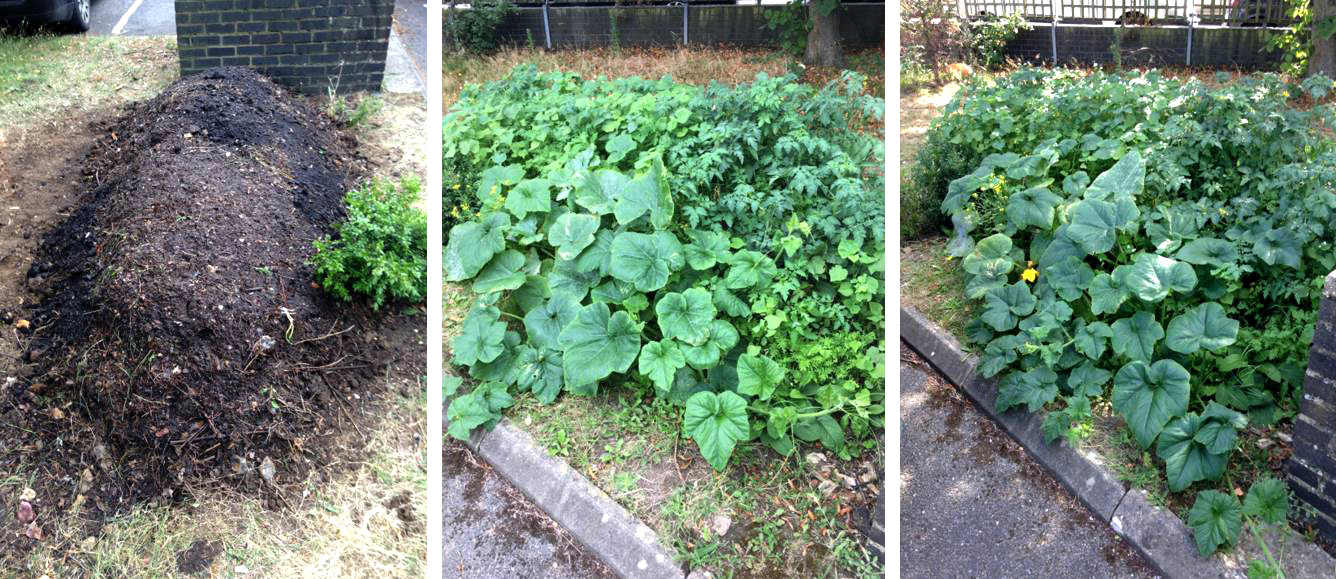The Veg Patch Project October Edition

We think organic farmers are amazing. They’re up against the odds, doing things as nature intended in the face of extreme weather conditions. Our Ed felt inspired by organic farming practices and decided to try them out in a spot of organic gardening. Let’s see what’s cropping up four months in.
You might remember back in August we broke ground on our new veg patch, building what’s known in the permaculture world as a ‘hügelkultur’ bed where our old beloved compost heap used to be. Aside from the lure of fresh-picked veg, we wanted to create a sustainable gardening space where we could try out some of the innovative techniques our organic farmers use to grow the amazing produce they do, and starting from scratch gave us the opportunity to give our plants the best start in life. Now that the weather has started to turn, it’s time to buckle down the hatches and start planning for next year, so we’ve been trying out some organic gardening techniques gleaned from our farmers to prepare for the colder months.
Once we’d set up the Hügelkultur patch, the first step was to fill the space with as much greenery as possible. Burying wood and covering with organic compost and garden mulch is a great way to build up fertile soils, but nature doesn’t like bare ground and without cover the patch was at risk of erosion. We already said to ourselves we wouldn’t be harvesting anything this year, instead choosing to let the disturbed soil settle down for a few months and focus on building its integrity and fertility. In usual fashion, Mother Nature already has an answer for all of this – cover crops.
Growing cover crops is a time-tested method of keeping the soil ecosystem safe and healthy. Roots keep it all knitted together, and leaf cover above ground prevents erosion from wind and rain. As plants photosynthesise they absorb carbon from the atmosphere, and some of this carbon makes its way to their root systems where eventually it adds to soil fertility. We chose three plants that our farmers are big fans of – phacelia, buckwheat and clover. While they flower, phacelia and buckwheat are great at providing a bit of winter fodder for our pollinators, and can easily be dug back into the soil to add a bit of nutrition come springtime (also known as ‘green manure’). Clover though is one of our farmers’ best friends – it harbours beneficial bacteria around its roots that fix nitrogen from the air, reducing the need to add this later on. As well as keeping the soil safe from the elements, thickly sowing these plants also crowds out any weeds that might want to take advantage of our hard work.
Trying our hand at Hügelkultur appears to have paid off – in the 7 weeks since we set up the new organic gardening veg patch, the results speak for themselves. Using the organic compost from our old heap has meant a couple of stray tomatoes and squash have sprung up, but as you can see they’re more that welcome here!
Feeling inspired? Check out our collection of organic plug plants that are perfect for a sustainable gardening project.


